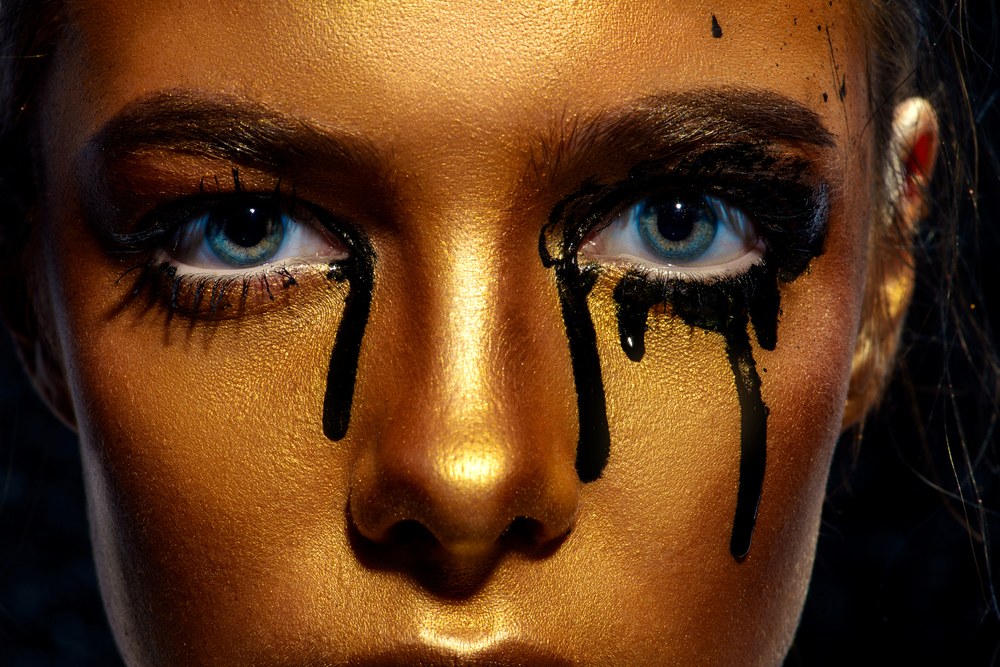
The cosmetic industry has started replacing parabens using other cheap chemical preservatives irritant to sensitive skin, causing great concern in dermatologists because of the high allergy rate. So I shall list here the ones to watch out for if you have sensitive skin plus others that are not good for the environment either. I believe that environmental pollution has a role in the increase of skin allergies and sensitivities, so it is a good policy to reduce the pollution load if we can.
The product price is not usually a good indicator of the chemical preservatives absence, because cheap as well as expensive products can contain them. The best way to go is to read the ingredients list before you buy your beauty products and watch out for:
Methylchloroisothiazolinone (nicknamed MIC)
Methylisothiazolinone (nicknamed MI). Danish research (1) shows that 19% of users reacted to a concentration twenty times lower than the maximum permitted concentration.
Sodium hydroxymethylglycinate: it is a precursor of formaldehyde and scientific studies have shown potential for skin sensitization and dermatitis (2). To be avoided by people with formaldehyde allergy and suffering from atopic dermatitis, a type of eczema. This synthetic preservative is used in many so called “natural beauty products” because of its “natural” sounding name.
DMDM Hydantoin: another formaldehyde releaser best to be avoided by people with atopic dermatitis (having a tendency for dry skin and a weaker skin barrier they tend to have hypersensitive skin)
Imidazolidinyl urea: same as above
2-
Triclosan: a synthetic antibacterial commonly used in personal care products, its constant use is causing the development of super bugs or resistant bacteria in water streams and rivers. It is also promoting allergies such as allergic rhinitis in children (3)
EDTA and its salts (such as Sodium EDTA, Calcium EDTA and so on): this is a preservative booster, so it is used a lot to make products more resistant to bacterial contamination, however because of its ability to trap and solubilise metals it can cause problems to fish and marine life. In fact when released in the environment (the standard water treatments are not designed to remove it from the waste water), it can solubilise heavy metals preventing their sedimentation and making them available to the eco system. Would you like Mercury in the fish you eat?
Benzoic acid or sodium benzoate: this is an preservative approved in organic certified products and used in drinks. In my cosmetic development formulation work I find it to be irritant in products applied to the face (I also react to it despite I do not consider to have sensitive skin), so here it is.
As a cosmetic scientist and green chemist developing natural and organic cosmetics I promote the development of microbiologically safe beauty products that are compatible with the skin and the environment. Obviously this comes at a much higher cost, so beware of low price products and check the ingredients list before you buy.
If you do not fancy checking the ingredients list I can assure you Forest Secrets beauty serums are free from the above chemicals.
(1) Contact Dermatatis, 2011 Jun; 64(6):330-6. Methylisothiazolinone contact allergy and dose-response relationships, Lundov MD, Zachariae C, Johanses JD, Department of Dermato-allergology, National Allergy Research Centre, Copenhagen university hospital, Denmark
(2) Dermatatis, 2010 Mar-Apr;21(2):109-10, Sodium hydroxymethylglycinate, Russel K, Jacob SE, Department of Medicine, University of California, San Diego, School of medicine, San Diego, California, USA
(3) Allergy, 2013 Jan: 68(1): 84-91, Triclosan exposure and allergic sensitization in Norwegian children, Bertelsen RJ, Longnecker MP, Lovik M, Calafat AM, Carlsen KH, London SJ, Lodrup Karlsen KC, Deprtment of food water and cosmetics, division of environmental medicine, Norwegian Institute of Public Health

